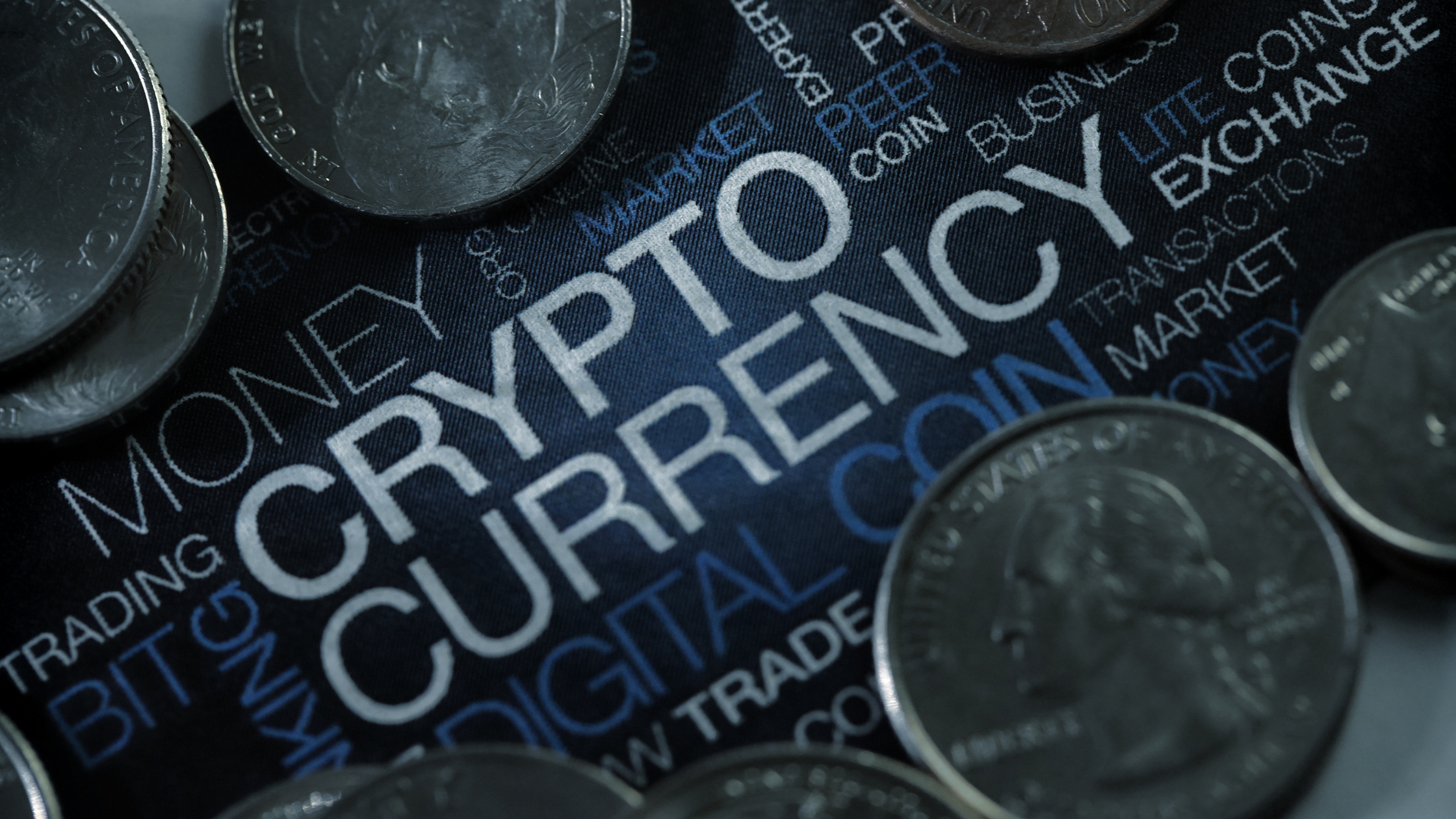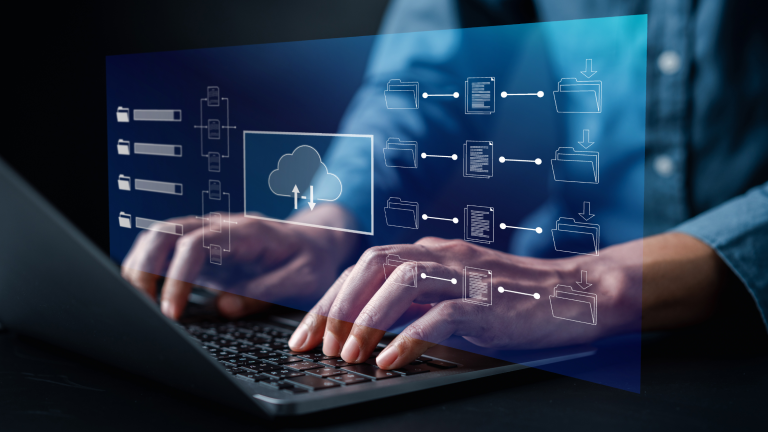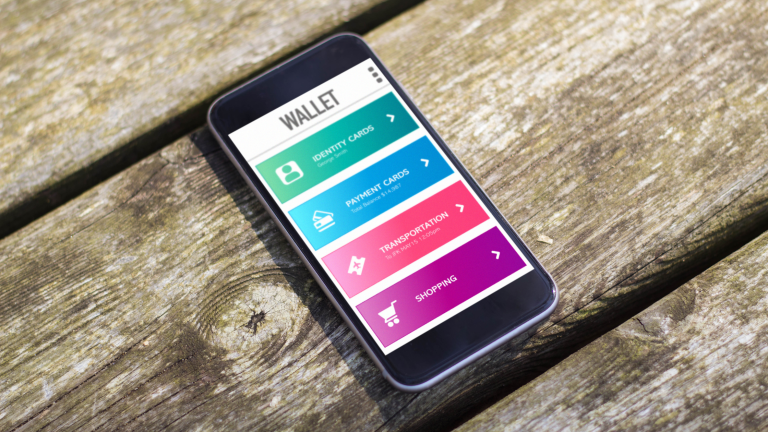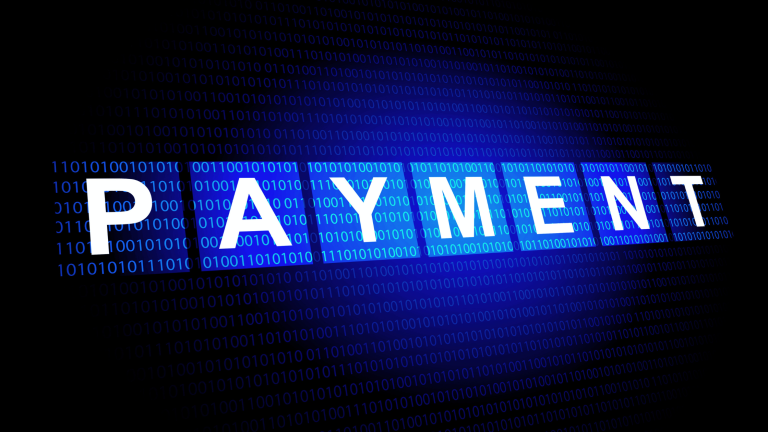The explosive rise of meme coins has introduced both excitement and uncertainty to the cryptocurrency market. Among these, the Trump Meme Coin quickly gained traction in 2025 due to its political branding and viral marketing. However, like many meme coins, it also raised red flags about its legitimacy and long-term viability.
One of the biggest risks in cryptocurrency is the rug pull, a scam where developers abandon a project and steal investors’ funds. In this guide, we’ll break down what rug pulls are, explore the Trump Meme Coin as a cautionary case study, and share practical strategies for spotting and avoiding these scams.
What Is a Rug Pull?
A rug pull is a scam in which developers exploit control over a cryptocurrency project to steal funds from investors. Typically, they create hype around a new token, encourage heavy investment, and then withdraw liquidity or manipulate the token supply to pocket profits.
Rug pulls are especially prevalent in decentralized finance (DeFi) and meme coin markets, where barriers to entry are low, and regulations are minimal. According to a report by Chainalysis, rug pulls accounted for $3.4 billion in crypto losses in 2023, making them one of the most common scams in the space.
Types of Rug Pulls
1. Liquidity Rug Pulls
One of the most common types of rug pulls involves developers suddenly withdrawing all liquidity from the trading pool, making it impossible for investors to sell their tokens. This tactic is particularly effective on decentralized exchanges (DEXs) like Uniswap or PancakeSwap, where liquidity is initially provided by the developers.
For instance, the Squid Game Token (SQUID) scam in 2021 followed this pattern. By leveraging the hype surrounding the Netflix series, the project attracted thousands of investors. The price skyrocketed from $0.01 to $2,861, but just as investors tried to cash out, the developers withdrew all liquidity and disappeared, leaving the token worthless.
2. Token Minting Exploits
Some rug pulls exploit weaknesses in the smart contract, allowing developers to mint an unlimited number of tokens after launch. This artificially inflates the supply and causes hyperinflation, crashing the token’s value instantly.
In the Meerkat Finance scandal (2021), the developers used a backdoor in the contract to mint new tokens and withdraw $32 million worth of BNB from investors. The project initially claimed it was hacked, but further investigations revealed it was an inside job.
3. Pump-and-Dump Schemes
In this scheme, developers or early insiders acquire a large percentage of the token supply and then aggressively promote the project to drive up the price. As new investors enter the market, the price surges—until the insiders suddenly sell their holdings, causing a sharp price crash.
A notable case occurred with SaveTheKids Token in 2022. Marketed by high-profile influencers, the project gained significant traction. However, within hours of launch, insiders sold off their pre-mined tokens, causing the price to collapse by over 90%, leaving retail investors with massive losses.
Regardless of the method used, all rug pulls share the same devastating outcome: developers make enormous profits while everyday investors suffer severe losses.
Trump Meme Coin: A Case Study in Meme Coin Risks
The Trump Meme Coin, launched in late 2023, quickly gained attention due to its politically charged branding and strong social media presence. However, beneath the hype, several red flags emerged, making it a textbook example of the risks associated with speculative cryptocurrency investments.
1. Anonymous Development Team
The developers behind Trump Meme Coin operated under complete anonymity, with no public profiles, LinkedIn accounts, or verifiable credentials. While some legitimate projects maintain anonymous teams, the lack of transparency made accountability impossible. Investors had no way to verify the credibility or trustworthiness of the people behind the project.
2. No Smart Contract Audit
Despite attracting substantial investor interest, Trump Meme Coin failed to provide evidence of an independent smart contract audit. According to CertiK’s 2024 security report, 62.5% of DeFi rug pulls in 2023 involved projects that had unaudited smart contracts, highlighting the importance of third-party security reviews. Additionally, unaudited DeFi projects were three times more likely to suffer security breaches or exit scams
3. High Token Concentration Among Insiders
On-chain data showed that 35% of the total supply of Trump Meme Coin was held by just two wallets linked to the development team. This level of concentration increased the risk of a pump-and-dump scenario, where insiders could cash out at artificially inflated prices, leaving the market in freefall.
4. Liquidity Withdrawal
In December 2024, blockchain records revealed that $1.2 million worth of liquidity was withdrawn from the trading pool. Almost immediately after the liquidity was removed, the token price plummeted, leaving investors unable to sell their holdings. This confirmed that the project had executed a classic rug pull.
5. Unrealistic Marketing and Hype
The project’s marketing relied heavily on bold claims, suggesting that the token had strong political backing and that early investors would see massive gains. However, there was no clear roadmap, product, or use case beyond speculation. Similar patterns have been observed in past rug pulls, where aggressive marketing is used to attract uninformed investors before developers exit with the funds.
These factors combined to create a high-risk environment, ultimately leading to significant losses for many who invested in the Trump Meme Coin.
How to Spot a Rug Pull
1. Investigate the Development Team
A project with a transparent and verifiable team is far less likely to engage in fraudulent activity. Always research whether the developers have public profiles, a history in the crypto industry, or contributions to past projects. An anonymous team doesn’t always indicate a scam, but it raises the risk level significantly.
2. Verify Smart Contract Audits
Legitimate projects undergo third-party smart contract audits from firms like CertiK, PeckShield, or Quantstamp. If a project lacks an audit or refuses to disclose one, it could be hiding vulnerabilities or malicious code.
3. Analyze Token Ownership Distribution
Using blockchain explorers like Etherscan, investors can check whether a small number of wallets control the majority of a token’s supply. A decentralized distribution is preferable, while high concentrations among insiders increase the risk of price manipulation.
4. Check Liquidity Lock Status
Developers can lock liquidity to ensure that funds remain in the trading pool for a specified period. If liquidity is not locked or is set to unlock shortly after launch, the risk of a rug pull is significantly higher. Tools like Unicrypt allow investors to verify liquidity lock status.
5. Assess the Project’s Roadmap and Utility
Meme coins often rely on hype, but legitimate projects have a clear roadmap, partnerships, and real-world utility. If a token’s primary selling point is its ability to “go to the moon,” it’s best to proceed with caution.
By conducting thorough research and applying these principles, investors can reduce their exposure to rug pulls and make more informed decisions.
Lessons Learned: Protecting Your Investments
The Trump Meme Coin serves as a stark reminder of the risks involved in speculative investments. Its lack of transparency, unaudited contracts, and centralized token ownership exemplify the red flags investors must watch out for.
To safeguard your investments, always:
- Conduct thorough research on the team and technology.
- Prioritize projects with proper audits and decentralized tokeno
The Trump Meme Coin serves as a cautionary example of how hype-driven projects can deceive investors. From anonymous developers to unaudited contracts and manipulated token distribution, the warning signs were evident. However, many investors overlooked them in the hope of quick gains.
At Twendee, we leverage our expertise in blockchain security, smart contract development, and decentralized technologies to help businesses build safe and scalable blockchain solutions. Our commitment to innovation and professionalism ensures that our partners receive tailored, high-quality services in an evolving digital economy.
For more insights and updates, follow us on:





